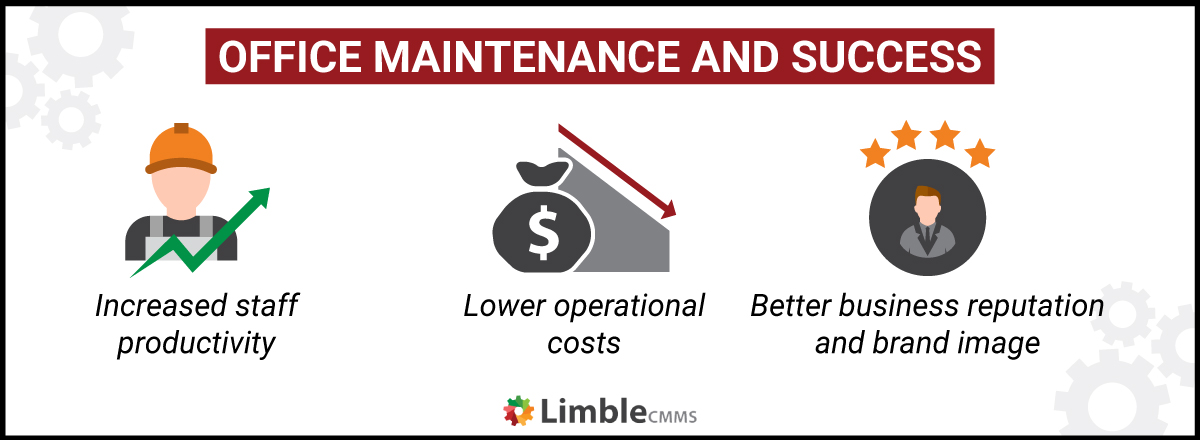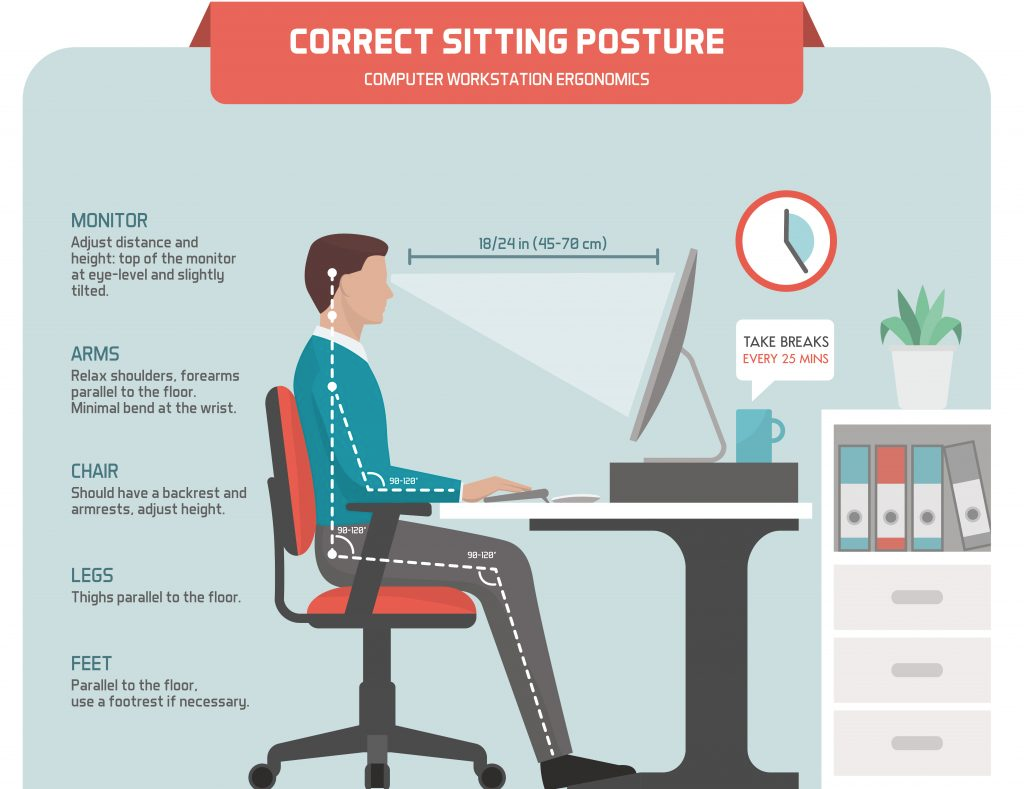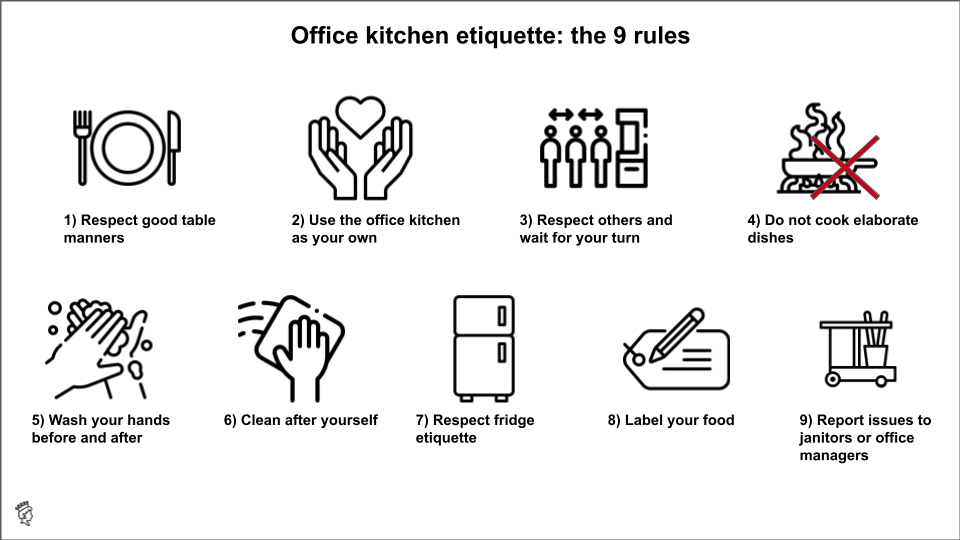We spend almost a third of our life at work. Whether that is a big open space with break rooms and conference rooms or a bunch of tight cubicles, office maintenance is a key factor in making the workplace more comfortable, and consequently, more productive. In other words, office maintenance management is a big factor for long-term organizational success.
Join us as we explore what office maintenance covers, and outline best practices that will set you on a path to success.
The scope of office maintenance services
Facility management has evolved considerably over the years, from being a peripheral cost center to now being viewed as a vital business enabler. As an integral part of facility management and building maintenance, office management is a key service for managing a wide variety of office buildings and workplaces.
That said, office maintenance services can vary depending on the size of the office, complexity of the infrastructure, and the range of used building systems and equipment.
To keep everything functioning smoothly at the average corporate workplace, these are the more common maintenance tasks that you can expect to be running behind the scenes:
- General cleaning/janitorial services
- Furniture inspection and repair
- Office equipment servicing and repair (photocopiers, printers, shredders, water coolers, etc.)
- HVAC inspection and maintenance
- IT equipment maintenance
- Firefighting systems inspection and maintenance
- Water treatment and supply services
- Security and physical access control
… and more.
In an ideal situation where all the above tasks are being executed appropriately, what effect, if any, would that have on business operations? Let’s look at that next.
The Essential Guide to CMMS
The Essential Guide to CMMS

How office maintenance impacts organizational success
There are three major ways, and a lot of smaller ones, in which office maintenance contributes to your bottom line. Here are the big ones.

1) Increased staff productivity
There are many small things that impact worker productivity. Poor lighting, indoor temperature, malfunctioning office equipment, unorganized working space – these are all factors that impact productivity negatively.
When employers take proactive steps to provide a balanced indoor temperature, lighting, and clutter-free spaces, it can positively affect staff mood, minimize absenteeism, and reduce fatigue.
In such a workplace, people can focus on the quality of their work and their contribution to organizational goals without unnecessary distractions.
2) Lower operational costs
In its 2018 benchmarking report, the Building Owners & Managers Association (BOMA) International stated that private sector office buildings across the US spend an average of $2.15 per square foot (or $23.24 per square meter) on repairs and maintenance.
To control maintenance operating costs, organizations need to avoid 3 things:
- Overly expensive contractors.
- Not doing any preventive maintenance on equipment and infrastructure, which leads to unnecessary expenditures later down the line.
- Doing too much maintenance, which causes wasted spare parts, time, and labor.
Simply put, to control operational costs, you first need to be able to track and control your maintenance costs.
3) Better business reputation and brand image
They say that you never get a second chance to make a good first impression. Imagine a client or a partner walking into the office, stepping over a bucket which is there to catch drops from the leaking AC, and then having to sit on a squeaky chair, all the while wondering where that weird smell is coming from.
We don’t know what that communicates, but it surely doesn’t say that your business is organized and ready to take on new challenges.
Should you outsource office maintenance or handle it in-house?
In your drive to ensure that every office maintenance task gets done properly and on time, you’ll have several important decisions to make. One of the major ones is whether you will outsource your office maintenance to facility maintenance professionals or try to do it yourself.
Keep in mind that, even with a small in-house team of maintenance professionals, you will still need to partner with some contractors and service providers to take care of specialized tasks like plumbing or electrical work.
Both paths have their advantages and disadvantages.
Outsourcing office maintenance
Pros:
- Better quality of maintenance service delivery.
- Partnering with a skilled FM company provides opportunity for growth, better market penetration, and competitiveness.
- Access to specialized office maintenance resources and industry best practices.
- Increased efficiency.
- Better focus on core business.
- You do not have to think about maintenance staffing issues.
Cons:
- Reduction of operational control.
- Increased risk of security breaches and confidentiality issues.
- Mistakes made by the outsourced company can negatively impact the client’s reputation.
- Can be more expensive than setting up a small in-house team.
In-house office maintenance
Pros:
- Maximum control over processes and procedures.
- Greater insight into your maintenance costs and options to optimize it.
- Equipment issues can be dealt with faster.
- More insight into the overall state of your equipment and infrastructure.
Cons:
- It takes time and effort to build an internal team that will deal with something you know little about.
- Smaller organizations will simply not have enough work to justify hiring a full-time facility manager and maintenance staff.
- If you plan to transfer some of the maintenance responsibilities to your existing employees, that can cause a whole set of different organizational and productivity issues.
Big organizations will have more incentive to keep the bulk of the maintenance work in-house. In the next section, we will briefly describe how they can build an effective framework for maintenance management.
Managing basic office maintenance tasks in-house
It takes time to set up a maintenance department. While office maintenance is not nearly as complex as industrial maintenance, it still pays to plan ahead.
1) Understand your maintenance needs
If there is currently none, create a comprehensive physical asset register including all of your office equipment and appliances. You can do that by using simple asset inventory management software. This will help you account for all equipment/inventory and make it easier to track its location.
After that, you need to see what your actual maintenance needs are. In other words, which of your equipment would benefit from proactive maintenance. Go through the list you’ve just made and mark that equipment.
Large organizations will have IT support that will deal with IT equipment. If you are just renting a floor or office space, the building owner will usually have a company or a team for property management, including taking care of core building systems like elevators, plumbing, fire safety systems, and electrical work, as well as things like grounds maintenance.
Usually, your business will need someone to focus on tasks like:
- Removing trash and cleaning services
- Maintaining HVAC (perform regular inspections, change filters, etc.)
- Occasionally inspecting office furniture, equipment, and appliances (PAT testing)
- Helping with the installation of new devices or furniture
- Cleaning carpets and upholstery
- External and/or internal window cleaning
- Performing minor repairs around the office
Whether you’ll do that through maintenance contractors, hire a full-time/part-time handyman, get your employees involved, or all of the above, that is up to you.
In any case, it doesn’t hurt to have a maintenance plan.
2) Create a preventive maintenance plan
A preventive maintenance plan is here to ensure that important routine maintenance tasks are performed on time. Since you are planning the work ahead, you should have enough time to allocate the necessary tools, replacement parts, and labor that will be needed to execute those tasks.
If you have a lot of preventive work to schedule, we highly suggest you read our guide on how to set up a preventive maintenance plan.
3) Support your maintenance efforts with a mobile CMMS
Scheduling work is just one piece of the puzzle.
If the work is performed by an in-house team member, they will need to have the necessary tools, replacement parts, and safety equipment. In some cases, that person might also need access to maintenance checklists, operating manuals, SOPs, and other documents.
For parts and tools, you will need some kind of a storage room. For documents, your best bet is to store them in CMMS software like Limble.
You can use Limble CMMS as your asset inventory management software. You enter the equipment into its database. For each piece of equipment you can add details like make and model, manuals, troubleshooting checklists, vendor details, the spare parts it uses, etc.
Here are some other neat things Limble can do to simplify office maintenance:
- There is an issue for the maintenance team? Work orders are a breeze: any of your employees can just jump to our online work request portal, submit the ticket with a problem description, and add a picture (if it makes sense). They will get notified about the progress of their ticket via email.
- Limble’s drag-and-drop maintenance calendar helps you plan and organize any type of maintenance work.
- Use our built in QR code generator to generate a unique code for each asset. Print it out and paste it on the equipment. Anyone with access to Limble can quickly identify the asset by scanning the barcode with their mobile phone.
- Rely on our spare parts inventory module to keep track of your parts inventory and make accurate forecasts for incoming quarters.
- Make use of our Vendor management feature to share maintenance tickets with outside contractors and keep track of the work they perform.
On top of everything mentioned, as with every cloud-based solution, Limble offers a robust reporting system so you get a detailed insight in the performance of your assets, the performance of your maintenance team, the performance of your maintenance vendors, as well as detailed cost breakdown for each of the aforementioned categories.
How can employers help create a productive work environment?
Many businesses will just choose to outsource their maintenance tasks and focus on their core business. And that’s fine. However, there are some ancillary things they can do to create a more comfortable working space – which is ultimately in their best interest.
1) Set up good lighting
Especially natural light. Neuroscientists have made a connection between natural light, workers’ sleep, and quality of life. If your offices have few windows, then try the following:
- Explore the possibility of adding skylights
- Use more LED vs fluorescent light bulbs to reduce direct glare on workers and potential eyestrain
- Keep in mind how lighting affects productivity

Here’s an interesting office lighting design guide for those who want to learn more.
2) Invest in ergonomic office furniture
Invest in furniture and seats that are comfortable, supportive, and ergonomic to ease strain on joints, avoid back strain, and minimize the chances of future musculoskeletal problems.
Although providing ergonomic chairs can improve spine health, you can take additional steps to help improve staff posture overall. Studies indicate that more time standing rather than sitting could be better for employee health. So, try innovative ways to encourage movement at work such as:
- Incorporating standing desks
- Creating outdoor lunch break spaces to encourage staff to leave their desks and move around at lunchtime
- Providing adjustable desktop risers. These are about $500 cheaper than standing desks, so they can be distributed to more of your workforce.
Many of us will still need to spend quite a few hours behind the desk. Alongside ergonomic furniture, it makes sense to share proper sitting posture tips with your employees.

3) Improve indoor air quality
Maintaining optimal indoor air quality is a non-negotiable requirement because of the dangers of indoor pollutants that may contribute to irritations, illnesses and the so-called sick building syndrome (SBS).
This is one area where you can’t afford to be negligent. Fortunately, there are several modern solutions to help you manage indoor air quality like smart HVAC systems. As an added bonus, these systems also improve energy efficiency..
4) Allocate budget for maintenance
Although it’s money well spent, maintenance does come at a cost. Not doing maintenance is much more expensive in the long run.
So provide your maintenance workers with the resources they need to be efficient and deliver quality work. If you force them to improvise solutions out of thin air, you do not have the right to complain about recurring problems.
5) Don’t disregard staff input
This is as simple as asking staff for feedback to find out about their major challenges in the building and in the office. Ask them to suggest what kind of improvements they would like to see.
How can employees help keep the office clean and well maintained?
The workplace environment should be kept professional and clean at all times. Thus, it’s important for everyone, from mid-level staff all the way to the c-suite to pitch in and keep the office space tidy, organized, and clean.
This is achievable by getting everyone to agree on some basic rules and by establishing an office etiquette.
1) Preach personal accountability
A great way to support your maintenance team is to avoid calling them in for every little issue that occurs. If you can fix the issue in less time than it takes to report the problem, the maintenance team probably doesn’t need to know about it.
In a similar fashion, all employees should put a little effort into keeping the office clean and organized.
In this context, personal accountability can range from things like keeping their workspace in order, trashing items, properly switching off the lights and devices when leaving, or cleaning up after themselves in common areas like the kitchen and restrooms.
2) Designate people to be maintenance liaisons
There is a common rule that if there is an emergency and you are giving orders, you never say “somebody, call 911”. Instead, you point your finger at someone and say “you call 911”.
The same goes for submitting maintenance requests. If anybody can do it, usually nobody will.
This is why it makes sense to designate someone to act as an intermediary with the maintenance team. They don’t need to get involved in any technical maintenance details, they just need to know how to submit a ticket and who to call (if there is a maintenance emergency).
They can keep liaising with maintenance as the job progresses, and keep all other employees up to date.
3) Report issues as they come up
If ignored for long, seemingly simple matters like photocopier paper jams or a copier bringing out wrinkled paper can lead to more serious maintenance issues that will require costly repairs and disrupt important deadlines.
Ideally, there should already be a system like Limble CMMS in place for reporting maintenance issues. Of course, there are simpler ticketing systems that can also get the job done if you’re only concerned about getting the ticket to the right place.
Again, it’s important to add that all maintenance requests must be documented. Verbal requests will not do. Also, these requests should be accompanied with as much information as possible so technicians do not have to spend an hour troubleshooting a device just to try and reproduce the problem.
#4) Be mindful of office etiquette
Some simple and common office cleaning rules that anyone can follow include:
- Keep your workspace tidy, always.
- Get rid of clutter in your work space and other common areas.
- Ensure electrical cords are neatly bundled.
- Use hand sanitizers and disinfectants if/when deemed necessary.
- Keep doorways, hallways, and fire exits free of obstacles.
- Dispose of uneaten food and discard food wrappers in the appropriate bins.
- Remove left-over food from the fridge.
- Wipe down kitchen surfaces and appliances.
- Clean up after yourself if you spill something.
- Use the correct recycling bins.
- If the cleaning crew is coming on Thursdays, don’t leave your Monday’s dirty dishes to wait for them.

Source: Queen Anne Education
Build your own office etiquette, print it out, and place it at strategic spots in the office. This can also serve as your own office maintenance checklist.
Office cleaning and maintenance is everyone’s job
We hit you with a lot of information here, probably more than you bargained for. The good news is that the workplace is a collection of adult professionals (even though it might not always seem that way).
If you can get everyone on the same page, following some basic rules, the maintenance guy will be a rare sight on your premises.
For those that have a significant number of square feet to look after, they can always rely on modern solutions like Limble CMMS to keep their office in tip-top shape.
